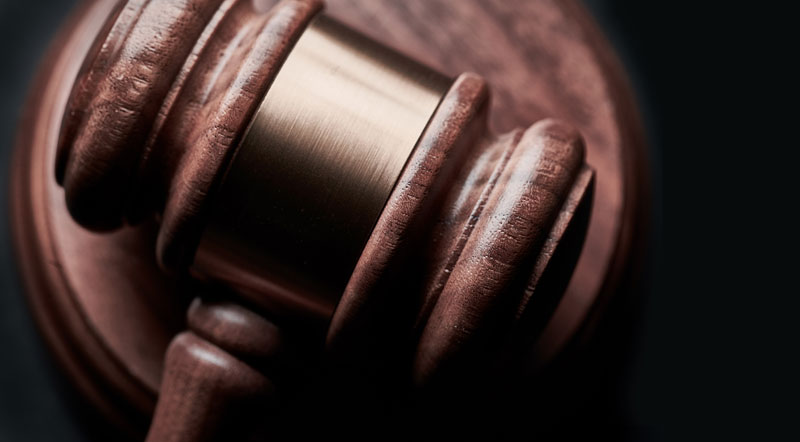A recent groundbreaking US copyright court case, which ruled in favour of the photographer, shows how being too lazy to obtain proper permission to publish an online photo can easily land a news outlet in hot water. Additionally, wrongful attribution may also lead to ‘future third-party infringement’, and marks the beginning of an image file becoming an ‘orphan work’.
The Mango V Buzzfeed scenario may be familiar for some photographers around the world. A digital image was stolen and re-published without permission, and the photographer’s credit was removed from the caption.
The court ruling, however, set a groundbreaking precedent for US photographers. It was based on Buzzfeed ‘concealing’ its infringement by removing the caption, thus violating the US Digital Millennium Copyright Act (DMCA). The news outlet’s failed appeal argued ‘it did not know’ removing the caption would ‘lead to future, third-party copyright infringement’.
‘Accidentally’ creating a pathway for third-party copyright infringement is topical in Australia, as we move toward introducing an Orphan Works exception, which permits copyright infringement provided a ‘diligent search’ doesn’t find the owner. By distributing a photo without correct attribution, Buzzfeed‘s actions make it more difficult to locate a copyright owner.
But before jumping into Orphan Works, here’s the details of the case: Gregory Mango, a freelance photographer, licensed a news photo of a man embroiled in a court case, Raymond Parker, to the New York Post, which credited the photographer in the caption. Three months later, Buzzfeed re-published the same photo without permission, and incorrectly credited the photo to Parker’s law firm.
Mango sued Buzzfeed twice. Once for copyright infringement, and another time for violating the DMCA by removing his copyright information – the picture credit. While Mango settled the first case, Buzzfeed challenged the second instance and lost, then appealed with the aforementioned argument of ignorance regarding future third-party copyright infringement.
According to court papers, Buzfeed journalist, Michael Hayes, had written over 1000 articles and published a photo in all of them. In the offending article, he claimed Parker’s law firm advised he publish the photo, a fact the law firm finds unlikely, as did the courts.
‘The district court rejected the assertion that Hayes did not know that he had removed CMI (Copyright Management Info aka credit) and affixed erroneous CMI without authorisation,’ court papers said. ‘It found Hayes’s shifting and self-serving explanations for his use of the photo without proper attribution not to be credible.’
The DMCA violation requires two factors to be established. Firstly, the judge found Buzzfeed knew Mango’s credit ‘had been removed and altered without permission’. Buzzfeed, however, appealed the second factor: that it distributed copyright material without correct attribution knowing it ‘will induce, enable, facilitate, or conceal an infringement’. (Emphasis added)
The appeal hinged on whether the actions would lead to ‘future third-party infringement’. This argument didn’t go anywhere, as the judge was satisfied that by ‘concealing’ the infringement, Buzzfeed clearly violated the plain legal language. No need for long-winded interpretations of ambiguous legal terms here!
Unfortunately for Mango, his winnings are a pittance – US$3750 in statutory damages for copyright infringement, and US$5000 in statutory damages for violation of the DCMA. Hardly seems worth the legal fight, especially with the risk of attorney fees hanging overhead. Luckily, the astronomical US$65,000 legal fees will be picked up by Buzzfeed, and is likely why the news outlet fought this one to the bitter end. Read the court paper here.
Back to Orphan Works.
The following is a fictional but plausible scenario. If Mango didn’t sue Buzzfeed and claw back his image rights, a possible snowball effect of re-publishing could further separate the content from its author. Just say if Mango’s photo once again became newsworthy, online publishers may source the photo via Buzzfeed, and re-publish it with the same incorrect law firm attribution. A situation like this happened with this ‘orphan works’ photo of Eddie Mabo. Additionally, if a photo goes viral it may not only become separated from the owner, but take on an entirely unrelated meaning, as was the case with a 2013 Tasmanian bushfire photo.
News outlets sourcing the Buzzfeed image may not seek permission from the law firm, as it appears to be a non-commercial archival image file rather than a professional photographer’s license-able image. Media outlets do cut corners when content doesn’t appear commercial or copyrighted. Just this week video footage from the recent tragic fatal shark attack on the Gold Coast was widely published by mainstream media. Some of the video footage was sourced from automatic surf cameras owned by surf forecasting website, Swellnet, whose owners claim the footage was lifted without permission and in violation of their copyright.
With the image well-and-truly ‘out there’ with wrongful attribution, a ‘diligent search’ may fail to locate Gregory Mango. Despite clear copyright infringement, it could be argued in Australian courts that the image became an Orphan Work. This would come down to how the Australian government drafts the proposed reform. Copyright advocacy groups and creative industries are calling for clear regulation that will prevent the Orphan Works exception from being exploited.





Breaching a copyright is a very serious criminal activity and must be brought to the attention of everyone who publishes photographs. I sell through Photo Agencies who are extremely vigilant to the enforcement of copyright and do not hesitate to take offenders to court.
As a matter of interest, many years ago, a photographer employed by a newspaper took his employer to court over the newspaper claiming that they owned the copyright because they paid the photographer and supplied all his equipment. The judge ruled that the person who pressed the shutter was the owner of the copyright.